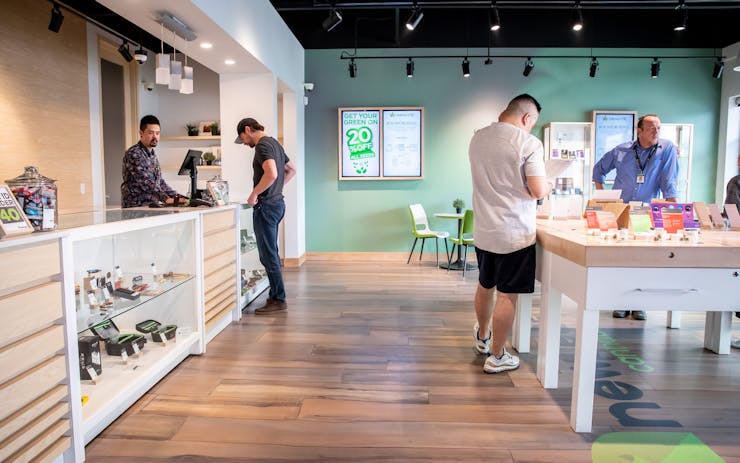A new research partnership between the Ottawa Hospital, the University of Ottawa, and the Bruyère Research Institute (also in Ottawa) released the findings of a peer-reviewed study in CMAJ Open on the geography of the 260 cannabis retail stores open across Canada during the first six months of legalization.
Its most startling finding is that in both government-run and private-run retail models, cannabis stores were more than twice as concentrated in low-income areas.Join the Leafly Canada CommunityNot all municipalities have been welcoming to cannabis retail, with many pushing to keep cannabis retail stores out of city centres and desirable areas.
Last summer, then-former Quebec Education Minister Sébastien Proulx appeared to endorse the approach when he said, “Does the [government store Société Québécoise Du Cannabis] have to be located in a high-traffic area with cars, tourists, and citizens? In my opinion, no.”
Noting Canadians with income less than $40,000 use the most cannabis, lead author Dr. Daniel Myran said it might be as simple as businesses recognizing the neighbourhoods in which they will be most successful.
However, he suggested negative public health outcomes may result “If it turns out that increased availability of cannabis stores translates into more consumption and more health impacts.”
The study also found private cannabis stores tended to be located closer to schools than government-run shops, though in all cases the stores were well outside government-imposed buffers.





